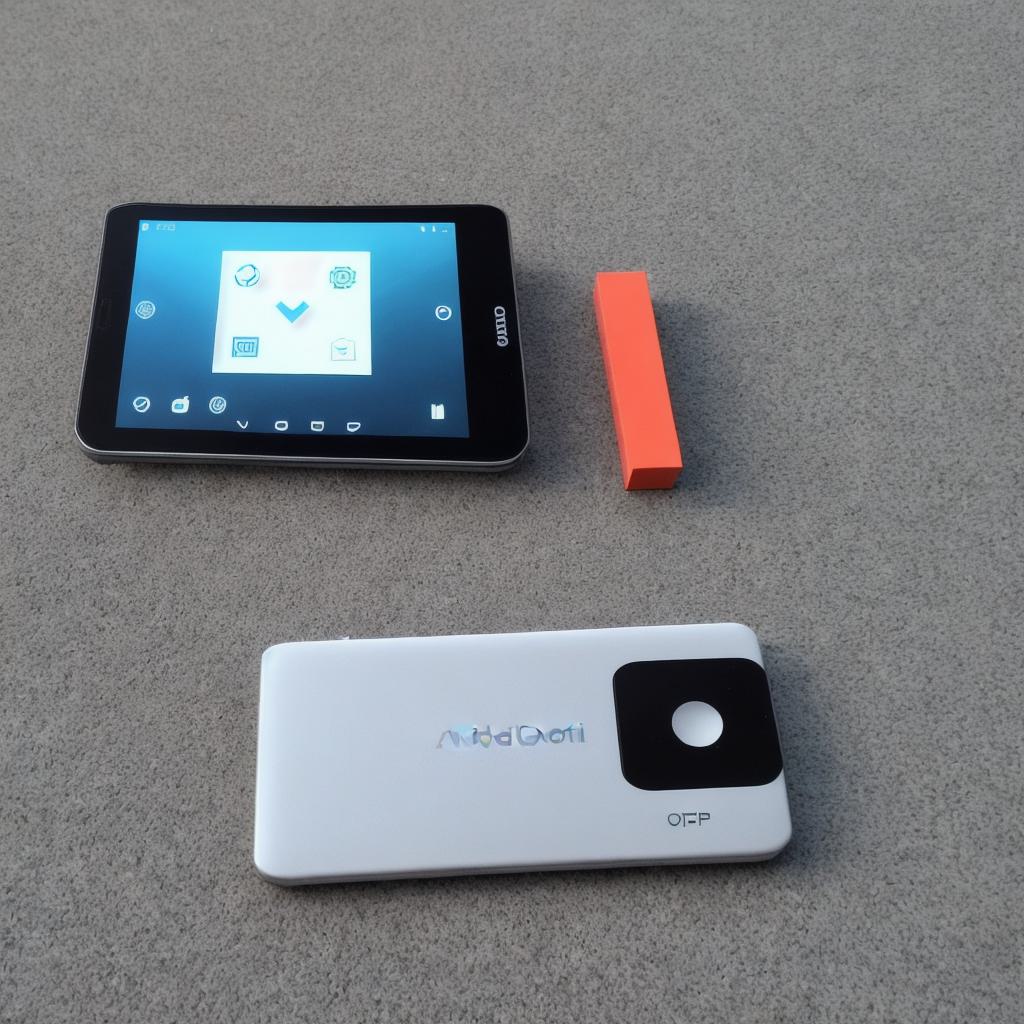Android is one of the most popular mobile operating systems in the world, and it’s no surprise that many developers choose to use the Android development framework (ADF) to build their mobile apps. In this article, we will explore the key features of the ADF and why it is such a popular choice for developers.
- Open-Source: One of the biggest advantages of the ADF is that it is open-source, which means that anyone can view and modify the code. This makes it easy for developers to customize the framework to fit their specific needs, without having to rely on proprietary software from a single vendor.
- Flexibility: The ADF is incredibly flexible, with support for a wide range of programming languages, including Java, C++, and Kotlin. It also supports a variety of development tools, including Android Studio, Eclipse, and IntelliJ IDEA. This allows developers to use the tools and language that they are most comfortable with, and to choose from a range of development environments depending on their needs.
- Compatibility: The ADF supports a wide range of devices, from smartphones and tablets to smartwatches and other wearable devices. This means that developers can build apps that will work across a variety of platforms and devices, without having to create separate versions for each one.
- Community Support: The Android community is incredibly active, with thousands of developers working on open-source projects and sharing their knowledge through online forums, blogs, and other resources. This makes it easy for developers to get help when they need it, and to find answers to common problems.

- Customization: The ADF allows developers to customize their apps in a number of ways, including changing the layout, adding new features, and modifying the code. This means that developers can create apps that are tailored specifically to their target audience and their unique needs.
- Security: The ADF takes security seriously, with a range of built-in security features designed to protect user data and prevent unauthorized access. These include encryption, secure storage, and permission management.
- Performance: The ADF is optimized for performance, with a focus on speed and efficiency. This means that apps built using the framework are generally fast and responsive, even on older or less powerful devices.
- Integration: The ADF integrates seamlessly with other Google services, including Google Play, Google Drive, and Google Maps. This makes it easy for developers to add these features to their apps without having to build custom integrations from scratch.
- Monetization: The ADF provides a range of options for monetizing apps, including in-app purchases, ads, and subscriptions. This allows developers to choose the model that works best for their app and their target audience.
- Future-Proofing: Finally, the ADF is constantly evolving, with regular updates and new features being added on a regular basis. This means that apps built using the framework will continue to be relevant and up-to-date, even as technology changes over time.
In conclusion, the Android Development Framework offers a range of powerful features that make it an excellent choice for mobile app development. Its open-source nature, flexibility, compatibility, community support, customization options, security features, performance, integration with other Google services, monetization options, and future-proofing make it a popular choice among developers. If you’re interested in building a mobile app, the ADF is definitely worth considering.
